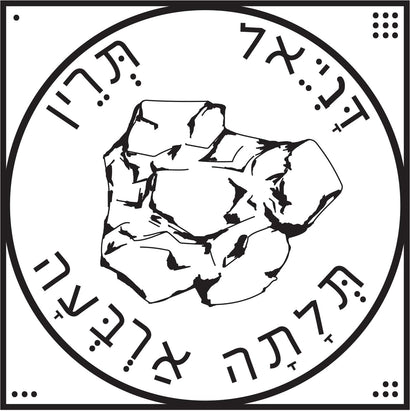Lions Martial Arts Federation
Lions Martial Arts Federation
Is it called Kata, Poomsae, Hyung, Taolu, or Form?
March 11, 2024 3 min read
Is it called Kata, Poomsae, Hyung, Taolu, or Form?
It depends on the style:
"Kata" means Form in Japanese. This word is used in Karate-Do
"Poomsae" means Form in Korean. This word is used in Taekwondo (and others)
"Hyung" means Pattern in Korean. This word is used in Tang Soo Do
"Taolu" means Routine in Chinese. This word is used in Kung Fu
Why Practice Poomsae?
Poomsae was never meant to be used as a standalone solo exercise, nor as a medium of expression for competition. Those are modern inventions. Originally, poomsae was created as a memory tool – so you could practice various self-defense techniques used against a violent attacker on your own. This particular philosophy of Kata is known in Japanese as "Bunkai". When used in the context of Karate, Bunkai symbolizes the process of breaking down the movements of a kata (poomsae) to understand how the techniques can be applied in self-defense. If you are not visualizing an attacker during your kata practice, you are not doing "Bunkai". You are doing something else.
Every martial art practices "self defense techniques", although they might be called "techniques", "one steps", "points", or something else. In the Bunkai philosophy, kata is nothing more than a series of techniques that have been plugged together (like lego blocks) to form a longer "self defense technique". If you are not thinking about it in this manner (as a self-defense technique against one or more attackers), you are just exercising, and not practicing the art.
"You may train for a long time, but if you merely move your hands and feet and jump around like a puppet, learning Karate is not very different from learning a dance. You will never have reached the heart of the matter; you will have failed to grasp the quintessence of Karate.”
– Gichin Funakoshi (1868-1957)
(Note: Funakoshi was the founder of Shotokan Karate)
These self-defense techniques are naturally practiced with a partner. But, in order to memorize and reinforce multiple self-defense sequences, we string them together into longer sets of Forms. This is a learning technique called "mnemonic device".
So, practicing kata without bunkai goes against the whole purpose of the form's existence. And, if you don’t know the purpose of the techniques… what’s the point of doing them correctly?
Kata without bunkai is just a dance.
Practical Applications of Poomsae:
Notice the poomsae movements WITHOUT practical application, then notice the exact same movements done WITH practical application:
Kukkiwan (WT) Poomsae:
Kukkiwan defines the curriculum of World Taekwondo (WT), including their poomsae (forms). In the Kukkiwan colored belt poomsae, there are 8 forms, called "Taegeuk", eg Taegeuk 1, Taegeuk 2, etc (Kukkiwan then introduces a set of black belt poomsae, beginning with Koryo). The first Taegeuk is generally taught after one or two belt tests, but most WT Taekwondo schools have one or two "beginner" forms before the Taegeuk forms. The most common "beginner" form taught is detailed below.
The Most Common "Beginner" Form:
You will notice that for all of the following styles, with the exception of the initial "attention" stance, the first form is identical. You will likely encounter this form elsewhere.
Shotokan Karate, White Belt Form:
Kyokushin Karate White Belt Form:
Kukkiwan (WT) Taekwondo, Most Common Beginner Form:
Tang Soo Do, White Belt Form:
Additionally, this form was the first white belt form for Okinawa Karata-Do (Muso Kai Karate), at least until Shihan Arakaki changed it a few years ago. Here is Shihan's website:
https://musokaikaratesite.wixsite.com/okinawa-karate-do
On January 23, 2023, I (Nevin) stopped by and visited Shihan and asked him what martial arts branches use that as the first form. His reply: "oh, they *all* do. Or at least they did at one time", and then he went in great detail with me about the origin of the form.
I think his reply of "oh, they *all* do" is a bit over-reaching, but you get the point. It is a *very* common form (kata, or poomse) across many branches and styles of martial arts. It is quite possibly the most common form in martial arts.
Leave a comment
Comments will be approved before showing up.
